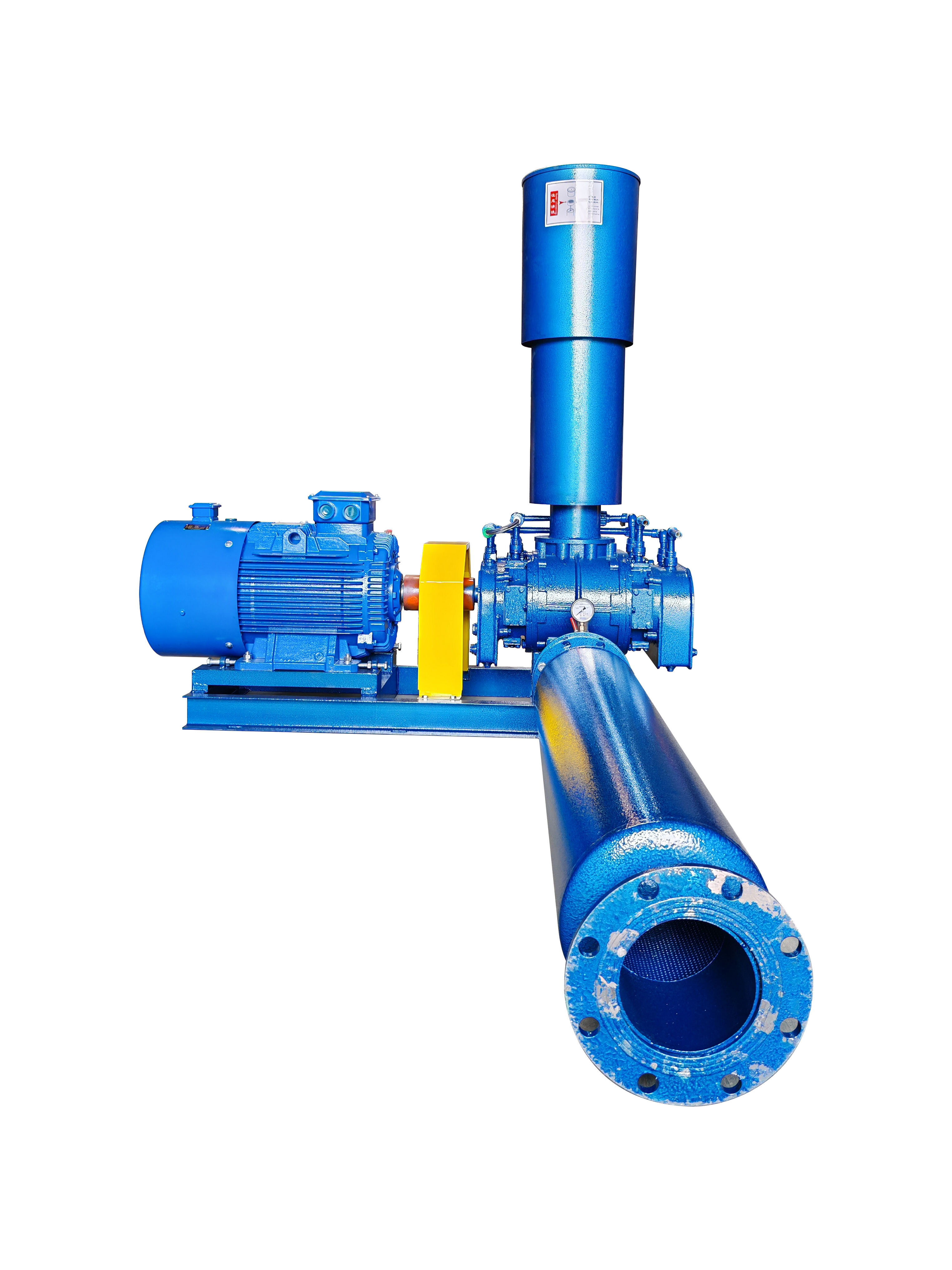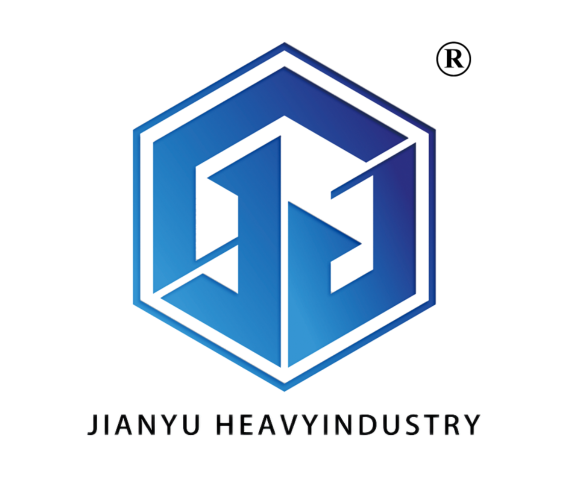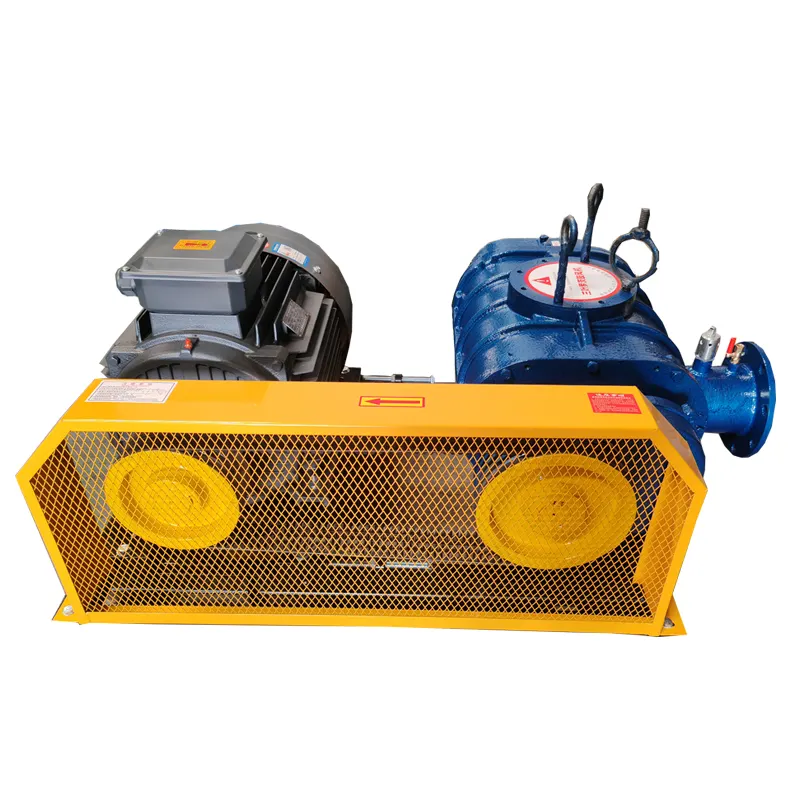Enhanced Operational Efficiency
Automated Feeding Systems Optimization
Aquaculture is seeing major changes thanks to automated feeding systems that cut down on labor expenses while preventing overfeeding through accurate portioning. The technology behind these systems works out just how much feed fish actually need, so there's less wasted food floating around and operations run smoother overall. Real world results show farms using this tech typically save about 20% on feed costs, which makes a big difference when looking at both the bottom line and what's happening to our environment. Some养殖户s (fish farmers) tell me they've noticed cleaner water quality too since there's less uneaten food decomposing in their tanks.
Automated feeding systems rely on tech like sensors and timers to get the most out of feeding schedules and amounts. The sensors watch what the fish are doing and check water conditions so they can tweak feed delivery on the spot, which means better nutrition for the fish without wasting food. Timers help keep things regular too, setting specific times for feeding that cut down on the need for constant human oversight. All this careful control helps protect the environment from overfeeding problems while actually improving how healthy and fast growing the fish become. For many farms today, these automated systems have become essential rather than optional equipment in their operations.
Streamlined Water Quality Management
The water quality matters a lot in fish farming operations because it directly affects how healthy the fish stay, how fast they grow, and whether they survive at all. When farms implement automated systems for managing water conditions, they can keep track of important factors like temperature changes, acidity levels (pH), and dissolved oxygen content around the clock. These systems help maintain conditions within safe limits without constant manual checks. Looking at actual data from market research reports shows pretty clear benefits too. Fish raised under these automated monitoring setups tend to show better health indicators and actually grow faster compared to traditional methods where water parameters might fluctuate more unpredictably throughout the day.
The use of things like IoT sensors and digital dashboards has become really important for keeping track of water quality on farms. These little sensor devices give constant updates on stuff like pH levels, temperature shifts, and dissolved oxygen content, which means farmers get warned when something goes off track before it becomes a big problem. Farmers can see all these numbers compiled together on digital dashboards that look kind of like airplane cockpit displays, showing them exactly what's going on across their entire operation without having to check each spot individually. When farmers have access to all this info right away, they can react faster to potential issues, cut down on disease spreading through fish populations, and generally run their aquaculture businesses in a way that lasts longer. The whole automated system saves time and money while meeting consumer expectations these days where people want seafood produced responsibly without harming the environment too much.

Resource Conservation Benefits
Reduced Feed Waste and Environmental Impact
Automatic feed dispensers really help cut down on wasted food in fish farming operations. Research shows they can slash feed losses by around 30 percent when they give just the right amount based on what the fish actually need, so there's no extra food floating around and the fish grow better too. The money saved from all this wasted food adds up nicely for fish farmers, plus it helps protect the environment as well. When less leftover feed ends up in the water, the whole ecosystem stays healthier. We see fewer problems with algae growing out of control and oxygen levels dropping dangerously low. Plus, farms that manage their feed better find it easier to comply with environmental regulations that govern aquaculture activities. This makes sense for business owners looking at long term sustainability while keeping costs under control.
Energy-Efficient Aeration Solutions
Aeration tech that saves energy is now essential for cutting down running costs and making aquaculture more sustainable. Systems like variable speed blowers and those rotary feeders really cut down on power usage, which means farmers see big drops in their electric bills month after month. Some farms report saving around 40% on their energy spend since switching to these newer methods, which helps their bottom line and reduces carbon footprints at the same time. When fish farms run efficiently on energy, they find it easier to meet all those tough environmental rules that keep getting stricter every year. Plus, integrating these energy smart solutions keeps operations going strong in the long term, helping farms stay ahead of competition without sacrificing green credentials or breaking regulatory guidelines.
Improved Aquatic Health Monitoring
Real-Time Disease Detection Capabilities
The rise of automated monitoring has changed how we spot diseases in aquatic environments, especially important for keeping fish populations healthy over time. When farms start using smart tech like artificial intelligence alongside traditional methods, they get live updates that help catch problems before they become serious. Take salmon farms for instance where underwater cameras watch every move while sensors track changes in water chemistry. One farm noticed something strange when their fish started swimming differently than usual. Instead of waiting weeks for symptoms to appear, the system flagged this behavior pattern as potentially dangerous. The AI component then suggested possible causes and recommended steps to contain whatever was happening. While no technology is foolproof, many operators report fewer losses since implementing these kinds of predictive tools. Some even say they've caught outbreaks weeks earlier than would have been possible otherwise.
Behavioral Tracking for Stress Reduction
Tracking fish behavior with automated systems represents something new in how we spot stress in water environments and figure out what needs fixing. When these systems watch how fish move around and interact with each other, they can tell farmers when things might be going wrong, like if the water gets too hot or cold or there's not enough oxygen floating around. Fish grow faster when they aren't stressed out, so keeping them comfortable really matters for their development. Less stress also means fewer fish die off, which makes farms more productive overall. People who know about aquaculture stress the importance of watching fish behavior closely. The automated stuff gives information that just wasn't possible before. Farmers can set up better living conditions for their stock thanks to this tech, which translates into bigger catches at harvest time while still being good for the environment in the long run.
Economic Advantages for Farmers
Labor Cost Reduction Through Automation
When farms start automating routine jobs in aquaculture operations like feeding fish and checking water conditions, they typically see big drops in their labor expenses. Many growers have found that installing these kinds of systems cuts down on the amount of hands-on work required day after day. Take a typical salmon operation for example - once they put in place an automatic feed dispenser, staff members no longer spend hours manually distributing food throughout the tanks. Those saved man hours get redirected towards things that actually matter more for business growth. The workers end up spending less time on repetitive chores and more time analyzing data, maintaining equipment, or developing new market strategies. Most importantly, this change makes the whole operation run smoother while still keeping quality control high across all production stages.
Yield Maximization via Precision Controls
In modern aquaculture, precision controls help manage essential factors such as feed distribution, water conditions, and oxygen levels throughout the system. When farms implement this kind of tech, they often see noticeable improvements both in quantity produced and overall product quality. Take some commercial fish farms for instance those who've adopted automated monitoring systems recently saw their harvests jump by double digits compared to previous seasons. Farmers find that matching feeding times with actual growth rates makes all the difference in keeping operations running smoothly without waste. The bottom line is straightforward enough most operators now consider smart control systems practically indispensable if they want to hit those target yields consistently year after year.
Data-Driven Decision Support
AI-Powered Analytics Integration
Analytics powered by artificial intelligence are making a real difference in aquaculture through their ability to track past performance and help plan for what comes next. With these tools, patterns hidden in all that data become visible, giving farmers actual information they can use to make better choices about how they run their operations. Take feeding schedules as an example AI systems can figure out when fish eat best based on water temperature changes and other factors, which means faster growth without wasting feed. The way AI presents information visually also helps a lot since most farmers aren't statisticians. Charts and graphs show trends that would otherwise get lost in spreadsheets full of numbers. While there's still a learning curve involved, many growers find that once they start seeing results from smarter decisions, the whole operation runs smoother and stays sustainable longer than before.
Predictive Maintenance Functionality
Predictive maintenance plays a key role in keeping aquaculture operations running smoothly by spotting problems before they happen. When farms install sensor tech, they get early warnings about equipment going bad so repairs can be made before everything grinds to a halt. Some real world numbers back this up too. Farms that switched to predictive systems saw their repair bills drop by around 30% while getting things fixed faster. The whole setup includes stuff like internet connected sensors and those fancy computer programs that learn from data patterns. All these tools work together to watch how well machines are performing day after day. For fish farmers dealing with unpredictable weather and water conditions, being able to plan ahead instead of scrambling during emergencies makes all the difference between profit and loss in today's competitive market.
FAQ
What are the benefits of automated feeding systems in aquaculture?
Automated feeding systems reduce labor costs, minimize overfeeding, cut feed waste by up to 30%, and improve fish health by delivering precise portions.
How does automation improve water quality management?
Automation allows continuous monitoring of water quality parameters like temperature, pH, and oxygen levels, ensuring they remain in optimal ranges. This enhances fish health and growth rates.
What technologies are used for real-time disease detection in aquaculture?
Automated systems use AI, machine learning, sensors, and cameras for real-time disease detection and early intervention, reducing its impact on aquatic health.
How do energy-efficient aeration solutions benefit aquaculture operations?
Energy-efficient aeration technologies reduce energy consumption by up to 40%, lowering operational costs while supporting sustainable practices and environmental compliance.

